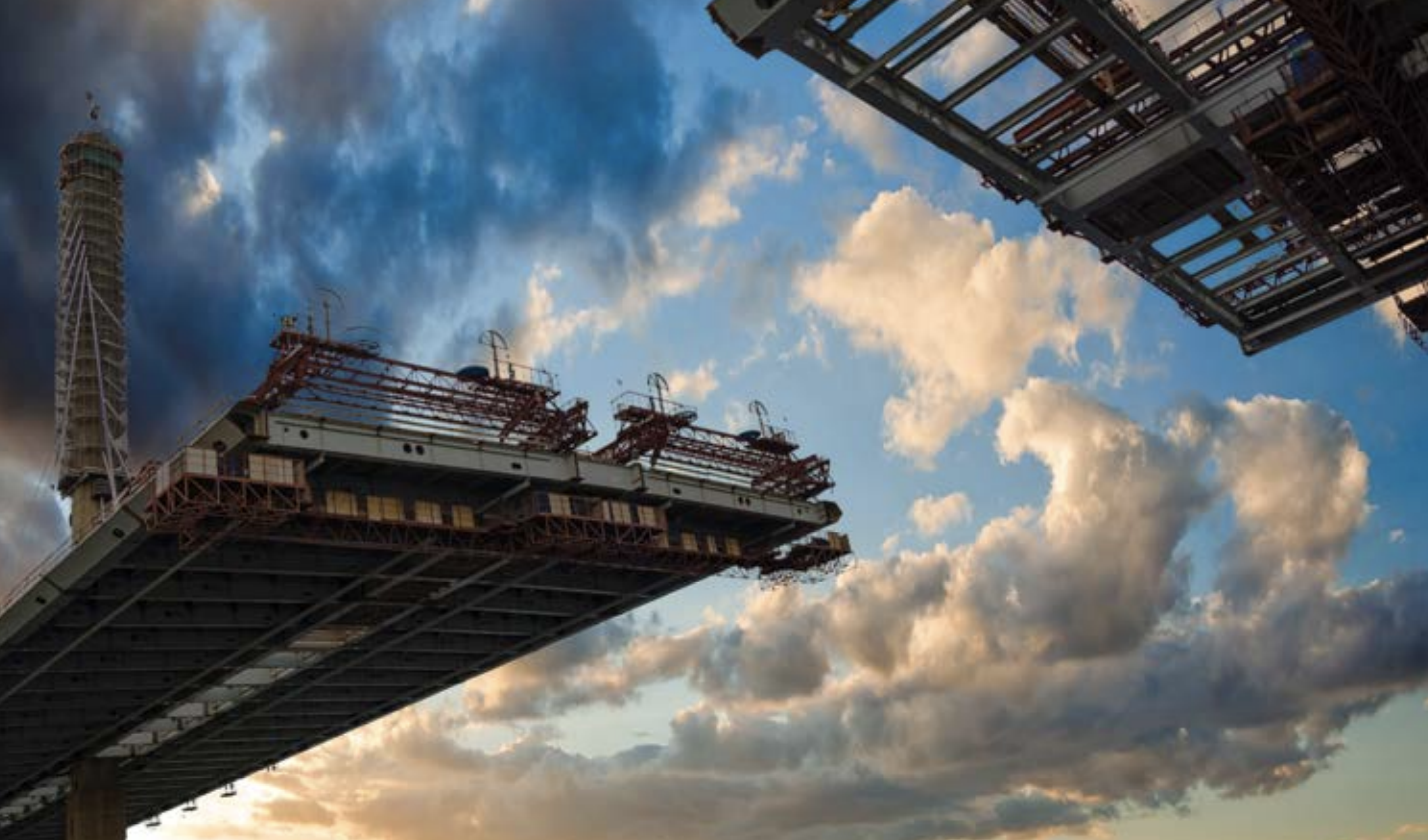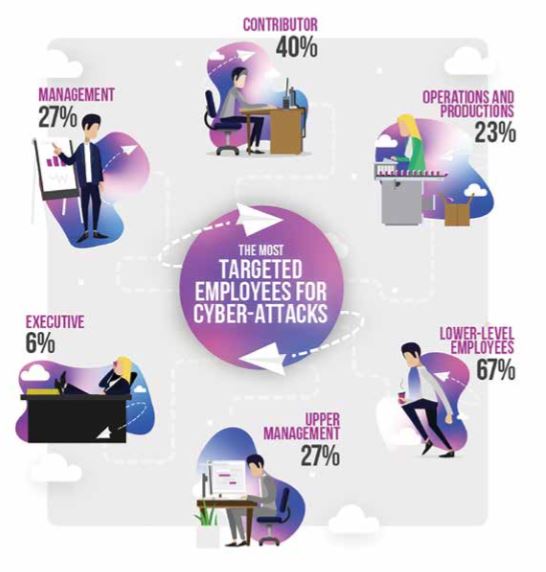
Stimulus or Relief — Will America’s Potential Infra-bill Only Fill the Gaps?

By Dominic Leadsom
The COVID-19 pandemic has triggered an economic recession that has deeply impacted the Nation’s ability to address its infrastructure needs. With disrupted global supply chains and government revenue streams evaporating seemingly overnight, any potential infrastructure legislation is likely to fill the revenue gaps before it can stimulate new construction.
Well-thought-out and robust infrastructure spending takes time. President Obama reflected on his American Recovery and Reinvestment Act (ARRA) 2009 which aimed in part to stimulate the infrastructure market following the last recession. He concluded that “there’s no such thing as shovel-ready projects” when it comes to public works. U.S. House Committee on Transportation and Infrastructure Ranking Member Sam Graves notes that “‘shovelready’ doesn’t work, and that more effective ways to get federal funding into projects and creating jobs [are] speeding up the project permitting process and funneling available funding through good existing programs, such as the Federal-Aid Highway Program and the Airport Improvement Program.”
HOW COULD A PHASE 4 COVID-19 PLAN REALLY STIMULATE THE ECONOMY?
It is clear that infrastructure spending is required. However, as has always been the case, identifying funding sources is a challenge. A bill introduced in the House of Representatives at the end of January 2020, before COVID-19 became a global pandemic, called the Moving Forward Framework, set out a $760 billion plan for investment across the nation’s infrastructure. The plan focused on specific areas such as highways, transit, aviation, rail, water, energy and broadband and communications; with the top three investment allocations being highways ($329 billion), transit ($105 billion) and broadband and communications ($86 billion).
While this set out a logical spending plan, the likelihood of these investments being made now, over the immediate- to shortterm-funding support for small business who are dealing with exploding unemployment and providing essential workers with the equipment they need to conduct their work safely, would appear unlikely.
HIGHWAYS
Some governments, like the state of Florida, have seen the reduced traffic volumes as a call to advance highway capital and maintenance contracts. But in other states, the stay-at-home orders and social distancing requirements currently in place have dramatically reduced the volume of motorists on the roads, resulting in less dollars being spent at the pumps and fewer gas taxes being generated for spending on infrastructure maintenance and new projects. This problem will no doubt be further compounded following the unprecedented collapse of West Texas Intermediate oil futures, which closed at an all-time low of -$37.63 per barrel on April 20, 2020.

North Carolina State Department of Transportation (NCDOT) has stated they have had to reduce the number of planned construction projects by nearly 100 projects for the next fiscal year. This represents a drop in future spending from around $2.7 billion to about $670 million.
For construction companies specializing in transportation infrastructure projects and other NCDOT contract work, the announcement represents a major loss of business. In response, companies are working to pivot to private work, where it can be found, as they expect fierce competition for the remaining NCDOT projects that do move forward.
TRANSIT AGENCIES
In densely populated areas, the transit agencies have proved an integral part of people’s lives, as essential workers and head of households make their trips for work and groceries. However, while essential services workers continue their daily commutes, the mandated shelter in place orders have resulted in overall lower ridership levels and therefore reduced revenues. When compared with figures from March 2019, New York City ridership levels have reduced by 87%, New Jersey Transit ridership is down 90% and the BART in the San Francisco Bay area is down 92%.These ridership levels paired with unmatched spending cuts is clearly not sustainable; a study conducted by the Transit Center using 2018 funding data forecasts a shortfall in regional transit funding of between $26 billion and $40 billion.
Of the $2 trillion CARES Act, $25 billion was allocated for transit agencies, which included $3.8 billion for the New York City MTA. However, from the beginning, the authority had maintained that $4 billion was just a fraction of what the authority will eventually need and, again in mid-April, MTA Chairman Pat Foye formally requested that the next federal legislation include an additional $3.9 billion to stem the financial hemorrhaging in the MTA’s 2020 operating budget due to additional losses as a result of the extraordinary economic downturn facing the region and nation
BROADBAND AND COMMUNICATIONS
Identified spending in this area was always targeted at providing broadband internet service to unserved and underserved rural, suburban and urban areas. However, with working from home (telework) and digital schooling now a normal part of day-to-day life, investment in this area is more vital than ever
Research has shown that since late March, when most people began working or being home schooled, 62% of the population did not have access to the minimum download speeds of 25Mbps. Additionally, research suggests there are around 42 million Americans who do not have any access to internet, resulting in a crisis for those citizens who require remote learning to maintain education. To overcome this, schools around the country are implementing interim emergency measures such as setting up temporary Wi-Fi hotspots in their parking lots to provide students with a connection point. But this has obviated the need for the expansion of broadband and telecommunication infrastructure.
Here again, the $2 trillion CARES Act did include multibillion dollar provisions and appropriations for distance learning and telehealth services. In particular, it features an appropriation of $30.7 billion to the Department of Education to establish an Education Stabilization Fund and funding for “salaries and expenses” to enable the provision of telehealth services to address COVID-19. However, this buildout alone will not close the “digital divide,” as millions of people in urban and rural areas alike cannot afford to connect right now.
WHAT HAS THIS PANDEMIC HIGHLIGHTED IN THE CONTEXT OF U.S. INFRASTRUCTURE?
In the short term, it appears that a phase 4 infrastructure bill is less likely to be a “stimulus” package and more likely to be “relief” package that would, in many cases, fill the funding gap from receding revenue streams caused by the pandemic. Investment in infrastructure is key to supporting vulnerable communities and strengthening the economy in remote areas that have been left behind as well as maintaining and improving these assets in densely populated areas. Without hesitation, financial investment will need to be expedited, diversified, and consistent to keep society moving and connected for today and in the future.














